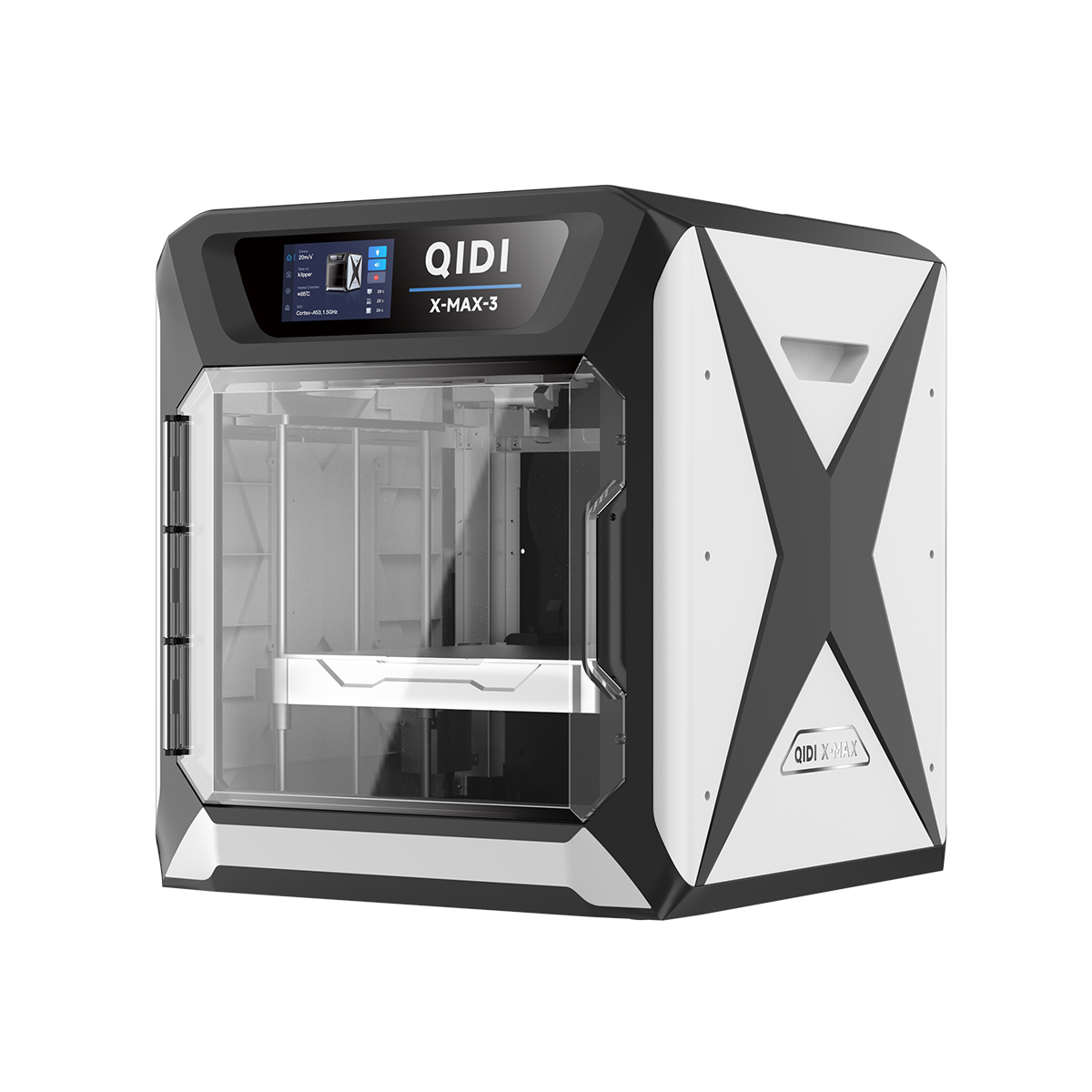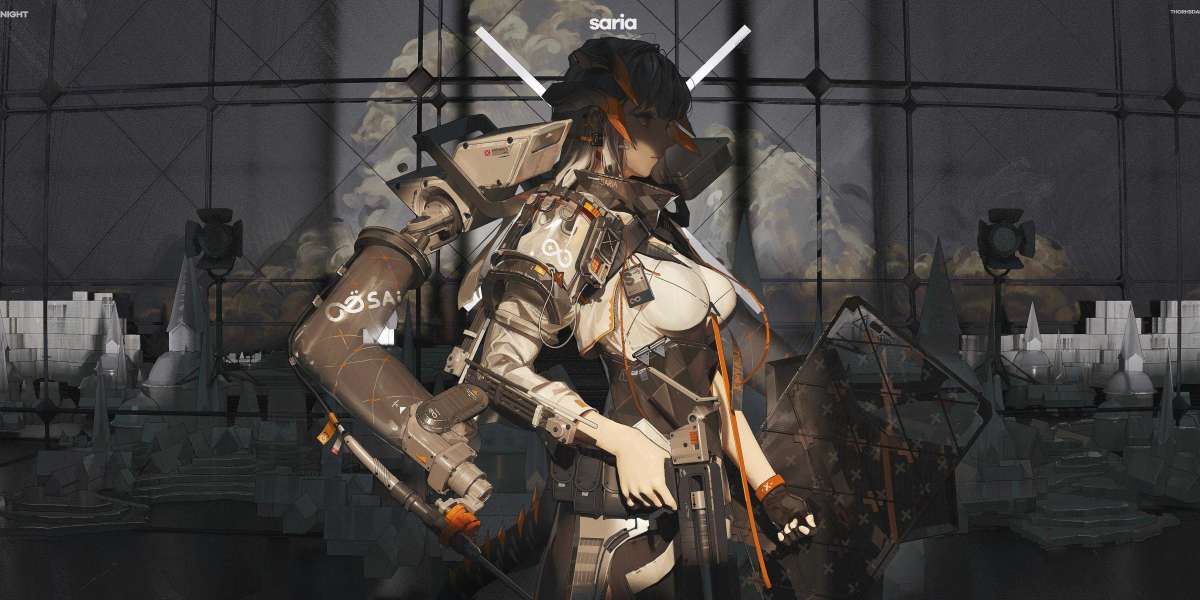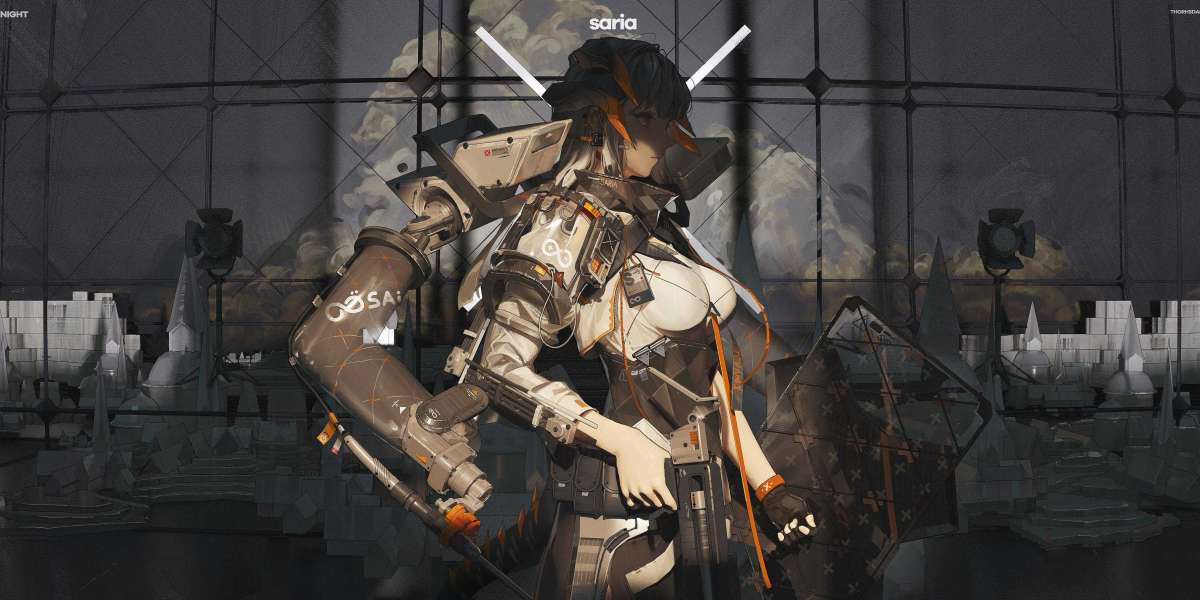When we think of the future of manufacturing, large 3D printers are at the forefront of innovation. These cutting-edge machines are transforming the industrial landscape in ways that were once unimaginable. In this article, we will delve into the impact of large 3D printers on the manufacturing industry and explore the endless possibilities they offer.

Revolutionizing Production Processes
Large 3D printers are revolutionizing production processes by enabling the creation of complex and intricate designs with unparalleled precision. Traditional manufacturing methods often involve multiple steps and assembly processes, leading to increased production time and costs. However, with the advent of large 3D printers, manufacturers can now produce entire components in a single print, reducing the need for assembly and minimizing material waste.
Furthermore, large 3D printers have the capability to produce parts and products on a massive scale, opening up new opportunities for mass customization and on-demand manufacturing. This flexibility allows manufacturers to respond swiftly to changing market demands and deliver tailored solutions to their customers.
Enhancing Design Capabilities
One of the most significant advantages of large 3D printers is their ability to enhance design capabilities. These printers can bring to life intricate geometries and organic shapes that were previously unattainable through traditional manufacturing methods. As a result, designers and engineers are empowered to push the boundaries of creativity and innovation, leading to the development of groundbreaking products and solutions.
Moreover, large 3D printers facilitate the integration of complex features and functionalities into a single component, eliminating the need for assembly of multiple parts. This streamlined approach not only simplifies the manufacturing process but also enhances the overall performance and reliability of the end product.
Expanding Material Options
Large 3D printers are expanding material options for manufacturers, allowing them to work with a diverse range of advanced materials, including composites, metals, and polymers. This versatility opens up new possibilities for creating high-performance components that exhibit superior mechanical properties and durability.
Additionally, the ability to 3D print with multiple materials in a single build further enhances the functionality and performance of the manufactured parts. This capability is particularly valuable in industries such as aerospace, automotive, and healthcare, where the demand for lightweight yet robust components is on the rise.
Driving Sustainable Practices
Large 3D printers are driving sustainable practices in manufacturing by minimizing material waste and energy consumption. Unlike traditional subtractive manufacturing methods, which often result in significant material wastage, 3D printing builds parts layer by layer, utilizing only the necessary amount of material.
Furthermore, the additive nature of 3D printing reduces the energy required for manufacturing, contributing to a more sustainable and environmentally friendly production process. As the global focus on sustainability continues to grow, large 3D printers are poised to play a pivotal role in advancing eco-friendly manufacturing practices.
In conclusion, the future of manufacturing is being reshaped by the transformative capabilities of large 3D printers. From revolutionizing production processes to driving sustainable practices, these innovative machines are paving the way for a new era of manufacturing excellence. As the technology continues to evolve, we can expect to see even more remarkable advancements that will further propel the industry into the future.








